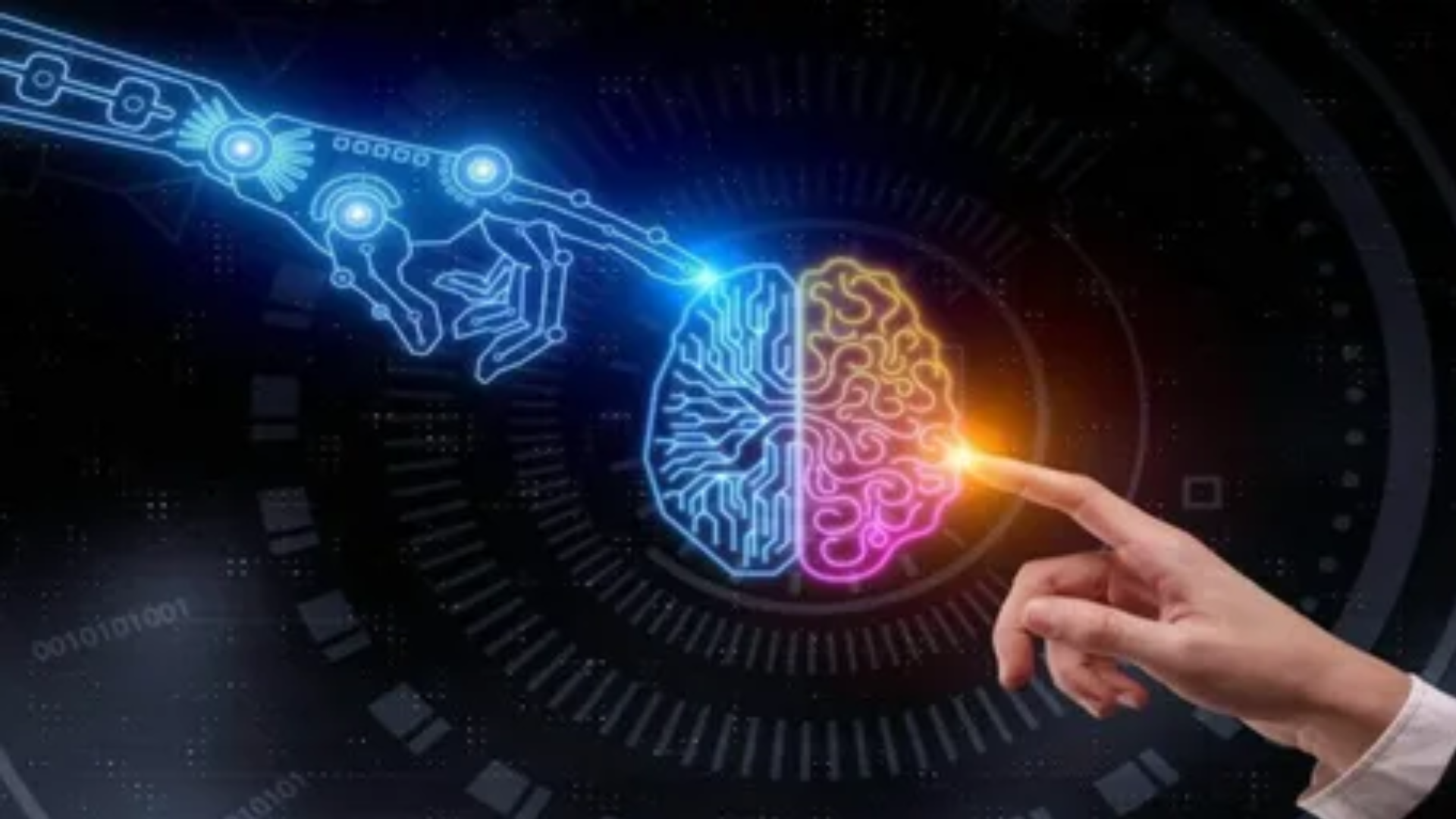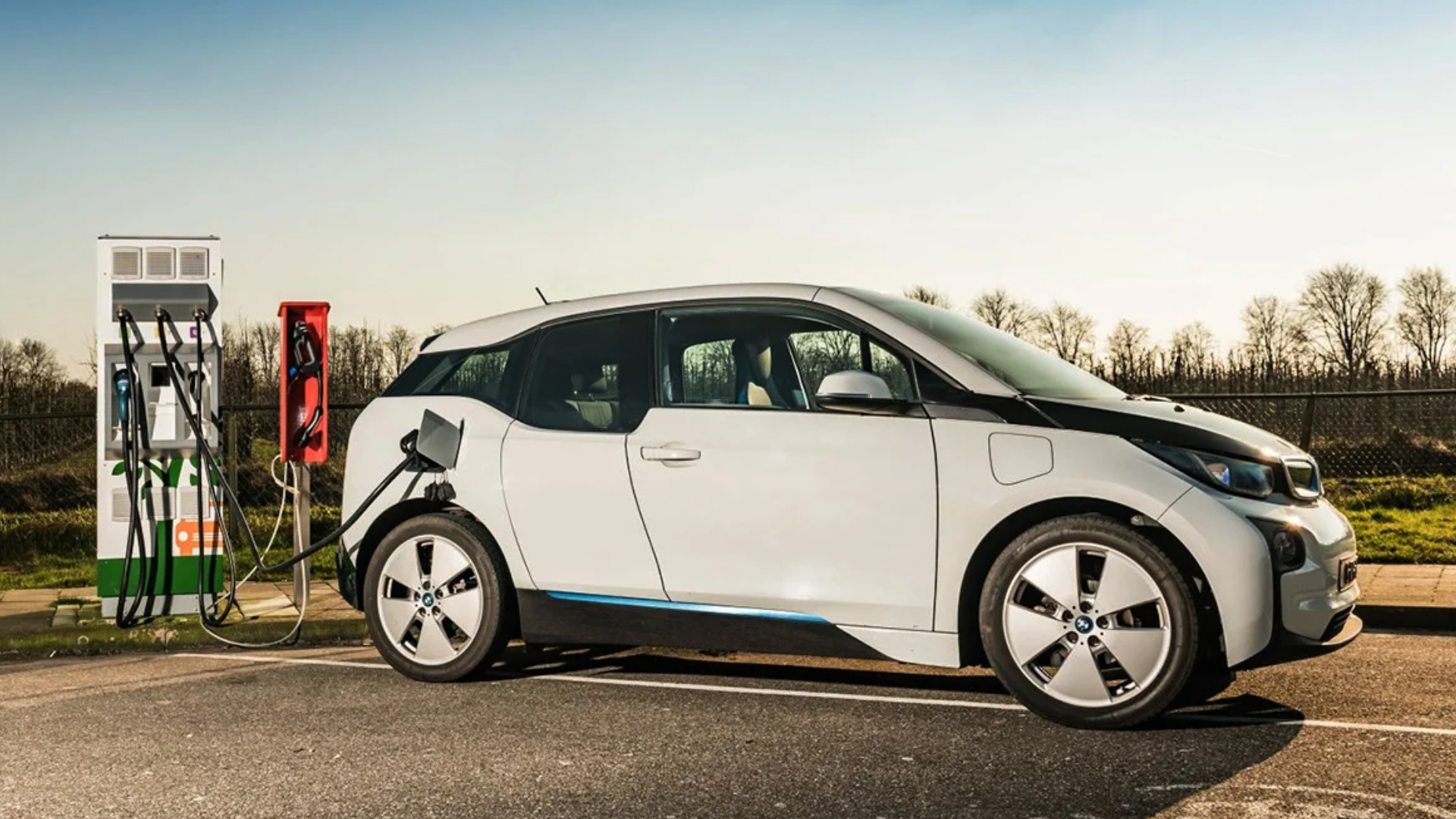Artificial Intelligence (AI) is no longer just the stuff of science fiction. It has evolved from an abstract concept into a powerful force that’s reshaping industries, societies, and even the way we live our daily lives. From the early days of rule-based systems to today’s machine learning and deep learning advancements, AI has come a long way. But the real question is: where is it heading next? In this article, we will embark on a journey through the evolution of AI, explore its future, and enjoy some lighthearted moments along the way.
A Brief History of AI: From Dreams to Reality
Artificial Intelligence (AI) did not emerge overnight. In fact, the concept of machines that could think and reason dates back centuries. But it wasn’t until the mid-20th century that AI began to take shape as we know it.
The Birth of AI (1950s-1960s)
In the 1950s, the idea of creating machines that could simulate human intelligence started to gain traction. The legendary British mathematician Alan Turing laid the groundwork with his Turing Test, a measure of a machine’s ability to exhibit intelligent behavior indistinguishable from that of a human.
John McCarthy, Marvin Minsky, Nathaniel Rochester, and Claude Shannon organized the renowned Dartmouth Conference in 1956, often recognized as the official inception of AI. This event coined the term “artificial intelligence” and made the goal of creating “thinking machines” a tangible reality. Early AI research concentrated on symbolic reasoning, programming systems with a set of rules to emulate logical reasoning.
The Early Years: Rule-Based Systems (1960s-1980s)
The 1960s through the 1980s marked a significant shift in AI from its current state. Researchers developed early expert systems that used a set of predefined rules to simulate human expertise in specific domains. These systems, while limited, were able to perform certain tasks well, such as diagnosing medical conditions or solving mathematical problems. However, their rigid rule-based approaches couldn’t handle the complexity of real-world problems.
Despite the promise, progress slowed in the 1970s and 1980s due to the limitations of computer power and the inability to handle more nuanced, unpredictable situations. People often refer to this period as the “AI Winter,” marking a decline in funding and enthusiasm for AI research.
The Rise of Machine Learning: Training Machines to Think (1990s-2000s)
In the 1990s, a new approach to AI began to emerge: machine learning (ML). Instead of programming every rule, ML algorithms allowed computers to learn from data and improve over time. This was a game-changer because it enabled machines to handle more complex tasks without explicit programming.
The Emergence of Neural Networks
One of the breakthroughs in this era was the development of neural networks. Inspired by the way the human brain works, neural networks are a type of machine learning model that can recognize patterns in data. Neural networks saw widespread use in the 1990s for tasks such as speech recognition and image processing. While these systems were still in their infancy, they began to show real promise.
By the early 2000s, the combination of more data, better algorithms, and improved computational power helped make machine learning a key component of AI systems. This laid the foundation for the impressive advancements we would see in the 2010s.
Deep Learning Takes Over: AI Gets Smarter (2010s-Present)
The 2010s marked the rise of deep learning—a subset of machine learning that uses large, multi-layered neural networks (hence the “deep” part). Deep learning algorithms are able to learn from vast amounts of data and perform tasks like speech recognition, language translation, and image classification with remarkable accuracy. It’s also the technology behind systems like self-driving cars and AI-generated art.
AI in Action: From Siri to Self-Driving Cars
AI became more mainstream in the 2010s as companies like Apple, Google, and Amazon integrated it into their products. Virtual assistants like Siri, Google Assistant, and Alexa used natural language processing (NLP) to understand and respond to voice commands. Machine learning algorithms also powered personalized recommendations on streaming services like Netflix and Spotify.
Meanwhile, the rise of self-driving cars, powered by AI, began to capture the public’s imagination. Companies like Tesla and Waymo (a subsidiary of Alphabet, Google’s parent company) started developing autonomous vehicles that could navigate city streets and highways, with the goal of eliminating human drivers.
The Next Frontier: What’s Next for AI?
So, where is AI heading? The possibilities seem endless, but a few key trends are shaping the future of artificial intelligence.
1. AI and Ethics: Can Machines Be Moral?
As AI becomes more integrated into our lives, questions around ethics and accountability are becoming increasingly important. Can we trust AI to make decisions on our behalf, especially in areas like healthcare, criminal justice, and finance? Will AI manipulate opinions or create deepfakes that blur the line between truth and fiction?
Another concern is the potential for bias in AI algorithms. Training an AI system on biased data could perpetuate or even amplify those biases. Ensuring that AI is fair, transparent, and accountable will be a major challenge moving forward.
2. AI in Healthcare: Revolutionizing Medicine
AI is already making significant strides in healthcare, and the future looks even more promising. We are using machine learning algorithms to diagnose diseases, predict patient outcomes, and even develop new drugs. For instance, medical imaging already employs AI to detect cancers, often achieving higher accuracy than human doctors.
In the future, AI could help create personalized treatment plans tailored to an individual’s unique genetic makeup and medical history. Imagine a world where your doctor is a mix of AI-powered analysis and human empathy. We could potentially benefit from a combination of AI-powered analysis and human empathy!
3. General AI: The Holy Grail of Artificial Intelligence
General AI, or AGI (Artificial General Intelligence), is the concept of a machine that can perform any intellectual task that a human can. AGI would be capable of reasoning, problem-solving, and learning in a manner that mimics human cognition, unlike current AI, which specializes for specific tasks (narrow AI).
We’re still a long way from achieving AGI, but the race is on. The development of AGI could open up new possibilities in every field, from scientific research to creative arts. However, it also raises concerns about job displacement and even the potential for machines to surpass human intelligence (cue the dystopian sci-fi movies).
4. The role of AI in the creative industries
AI’s ability to generate music, art, and literature has been a hot topic in recent years. In fact, AI-generated art is already a thing, with programs like OpenAI’s DALL·E creating stunning visual works based on text prompts. Similar to this, people have used AI to compose music and even write poetry, sometimes with surprising results.
While AI may never fully replace human creativity (thank goodness, right?), it can be an excellent tool for artists, musicians, and writers to explore new ideas and push the boundaries of their craft.
5. AI and Automation: Will Robots Take Our Jobs?
AI-powered automation is already transforming industries like manufacturing, logistics, and customer service. Robots are increasingly handling repetitive tasks, which raises questions about the future of work. Will AI replace human workers? The answer isn’t so clear-cut.
While some jobs may be automated, AI is also expected to create new job opportunities, particularly in fields like data science, AI development, and robotics. Plus, let’s face it: robots won’t be able to take over everything. Who’s going to write these articles for you if not us?

Conclusion: The AI Journey Continues
From its humble beginnings to the powerful AI systems we see today, artificial intelligence has come a long way. But the journey is far from over. As AI continues to evolve, it will bring both exciting opportunities and complex challenges. The key will be to use AI responsibly, ensuring that it benefits humanity without compromising our values or freedoms.
Who knows what the future holds? Maybe we’ll all have our personal AI assistants by our sides, helping us navigate life’s challenges with a smile. Or maybe robots will be running the world. Either way, one thing is certain: the future of AI is anything but boring.
Quick Summary: The Evolution of AI
| Era | Key Focus | Major Milestone |
|---|---|---|
| 1950s-1960s | Concept and early development | Dartmouth Conference, Turing Test |
| 1960s-1980s | Rule-based expert systems | Expert systems like MYCIN |
| 1990s-2000s | Machine learning and neural networks. | Rise of speech recognition, early ML |
| 2010s-Present | Deep learning and AI applications. | Virtual assistants and self-driving cars |
| Future | Ethical AI, AGI, and creativity | Personalized medicine and creative AI |










Leave a Reply